-
 Bitcoin
Bitcoin $116300
2.01% -
 Ethereum
Ethereum $3815
5.35% -
 XRP
XRP $3.071
4.46% -
 Tether USDt
Tether USDt $1.000
0.02% -
 BNB
BNB $776.2
1.67% -
 Solana
Solana $173.0
5.70% -
 USDC
USDC $0.9999
0.00% -
 TRON
TRON $0.3389
1.14% -
 Dogecoin
Dogecoin $0.2125
5.92% -
 Cardano
Cardano $0.7627
5.16% -
 Hyperliquid
Hyperliquid $39.00
4.42% -
 Stellar
Stellar $0.4122
5.07% -
 Sui
Sui $3.654
7.22% -
 Chainlink
Chainlink $17.31
5.47% -
 Bitcoin Cash
Bitcoin Cash $582.2
4.28% -
 Hedera
Hedera $0.2521
3.53% -
 Ethena USDe
Ethena USDe $1.001
0.01% -
 Avalanche
Avalanche $22.77
3.47% -
 Litecoin
Litecoin $119.6
2.53% -
 UNUS SED LEO
UNUS SED LEO $8.944
-0.49% -
 Toncoin
Toncoin $3.288
3.95% -
 Shiba Inu
Shiba Inu $0.00001261
3.78% -
 Uniswap
Uniswap $10.12
5.80% -
 Polkadot
Polkadot $3.761
4.23% -
 Dai
Dai $1.000
-0.01% -
 Monero
Monero $285.1
-2.37% -
 Bitget Token
Bitget Token $4.387
1.43% -
 Cronos
Cronos $0.1476
5.88% -
 Pepe
Pepe $0.00001080
4.75% -
 Ethena
Ethena $0.6374
11.58%
Coinbase transaction fee calculation method and optimization tips
Coinbase offers a platform for trading digital assets, with fees varying by transaction type and payment method; using Coinbase Pro can optimize these costs.
Jun 05, 2025 at 04:07 am
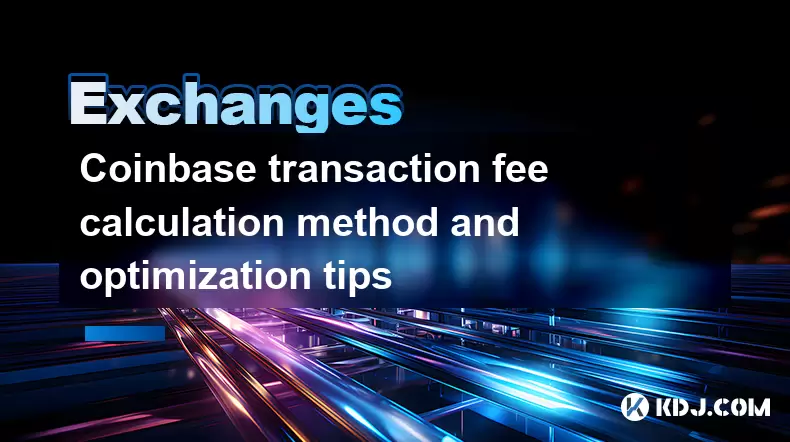
Coinbase, one of the largest cryptocurrency exchanges globally, offers a platform for users to buy, sell, and trade various digital assets. Understanding the transaction fee structure and optimizing these fees can significantly impact your trading experience and profitability. In this article, we will delve into the Coinbase transaction fee calculation method and provide optimization tips to help you manage your costs effectively.
Understanding Coinbase Transaction Fees
Coinbase transaction fees are calculated based on several factors, including the type of transaction, the payment method used, and the region you are trading from. The exchange charges different fees for different services, such as buying or selling cryptocurrencies, trading on Coinbase Pro, and using Coinbase Wallet.
When you buy or sell cryptocurrencies on Coinbase, you will encounter two primary types of fees: trading fees and network fees. Trading fees are charged by Coinbase for facilitating the transaction, while network fees are paid to miners for processing the transaction on the blockchain.
Trading Fees on Coinbase
Trading fees on Coinbase vary depending on the payment method you use. For example, if you use a bank account or a debit card, the fees will differ. Here is a breakdown of the typical trading fees:
- Bank Account (ACH): 1.49% of the transaction amount
- Debit Card: 3.99% of the transaction amount
- Wire Transfer: Varies, but generally higher than ACH
It's important to note that these percentages can change, and Coinbase may offer promotions or different fee structures at times. Always check the latest fee schedule on the Coinbase website before making a transaction.
Network Fees on Coinbase
Network fees, also known as miner fees, are charged for processing transactions on the blockchain. These fees vary depending on the cryptocurrency and the current network congestion. For example, Bitcoin transactions typically have higher network fees than Ethereum transactions due to the difference in block sizes and transaction speeds.
Coinbase automatically calculates the network fee based on the current network conditions to ensure your transaction is processed promptly. However, you can adjust the network fee if you are using Coinbase Pro, which allows for more control over your transactions.
Coinbase Pro and Fee Optimization
Coinbase Pro is a more advanced trading platform offered by Coinbase, designed for experienced traders. One of the significant advantages of using Coinbase Pro is the lower transaction fees compared to the standard Coinbase platform. Here are the typical fees on Coinbase Pro:
- Maker Fee: 0.50%
- Taker Fee: 0.50%
These fees can be further reduced based on your trading volume over the past 30 days. Higher trading volumes can qualify you for lower fee tiers, making Coinbase Pro an attractive option for frequent traders.
Tips for Optimizing Coinbase Transaction Fees
To optimize your transaction fees on Coinbase, consider the following strategies:
- Use Coinbase Pro: As mentioned, Coinbase Pro offers lower fees and more control over your transactions. If you are a frequent trader, switching to Coinbase Pro can save you a significant amount in fees.
- Choose the Right Payment Method: Opt for bank transfers (ACH) instead of debit cards or wire transfers to minimize trading fees. While ACH transfers may take longer to process, the lower fees can make them worthwhile for larger transactions.
- Batch Your Transactions: If you plan to make multiple transactions, consider batching them into a single transaction. This can help reduce the overall network fees, especially for cryptocurrencies like Bitcoin, where fees can be higher.
- Monitor Network Conditions: Keep an eye on the current network conditions for the cryptocurrency you are trading. During times of low congestion, you can opt for lower network fees without compromising the speed of your transaction.
- Use Coinbase Wallet: For transactions involving decentralized applications (dApps), using Coinbase Wallet can help you avoid some of the fees associated with the standard Coinbase platform. Coinbase Wallet allows you to interact directly with the blockchain, potentially reducing costs.
Step-by-Step Guide to Using Coinbase Pro for Lower Fees
If you decide to use Coinbase Pro to optimize your transaction fees, follow these steps:
- Sign up for Coinbase Pro: If you don't already have an account, visit the Coinbase Pro website and sign up using your existing Coinbase credentials or create a new account.
- Fund Your Account: Transfer funds from your standard Coinbase account or link a bank account to Coinbase Pro. This can be done by navigating to the "Deposit" section and selecting your preferred funding method.
- Place an Order: Navigate to the trading page and select the cryptocurrency pair you want to trade. You can choose between a limit order or a market order. Limit orders allow you to set a specific price, which can help you save on fees by acting as a maker rather than a taker.
- Review and Confirm: Before placing your order, review the fees associated with the transaction. Coinbase Pro will display the estimated fees based on the current market conditions. Once you are satisfied, confirm the order.
- Monitor Your Order: Keep an eye on your order status to ensure it is executed at the desired price. If you placed a limit order, it may take some time to fill, depending on market conditions.
Frequently Asked Questions
Q: Can I negotiate Coinbase fees?
A: Coinbase does not offer fee negotiations for individual users. However, the exchange may occasionally run promotions or offer reduced fees for certain payment methods or during specific events. Keep an eye on their official communications for any such opportunities.
Q: How often do Coinbase fees change?
A: Coinbase fees can change based on various factors, including market conditions, regulatory changes, and business decisions. It's advisable to check the latest fee schedule on the Coinbase website before making any transactions to ensure you have the most current information.
Q: Are there any hidden fees on Coinbase?
A: Coinbase is transparent about its fee structure, and there are no hidden fees. All fees are clearly disclosed before you complete a transaction. However, always review the fees associated with your specific transaction to avoid any surprises.
Q: Can I avoid network fees on Coinbase?
A: Network fees are a necessary part of processing transactions on the blockchain and cannot be entirely avoided. However, you can minimize them by choosing the right time to transact and using platforms like Coinbase Pro, which offer more control over network fees.
Disclaimer:info@kdj.com
The information provided is not trading advice. kdj.com does not assume any responsibility for any investments made based on the information provided in this article. Cryptocurrencies are highly volatile and it is highly recommended that you invest with caution after thorough research!
If you believe that the content used on this website infringes your copyright, please contact us immediately (info@kdj.com) and we will delete it promptly.
- IREN Overtakes: A New King in the Bitcoin Miner Hashrate Race?
- 2025-08-07 16:31:29
- Memecoins Mania: Whales Eye Pepe Dollar (PEPD) as Bonk Cools Off, While MoonBull Hogs the Spotlight!
- 2025-08-07 16:51:17
- Unilabs, PEPE, and Investment Risk: Navigating the Crypto Hype
- 2025-08-07 16:31:29
- Meme Coin Mania: Rug Pulls, CZ-Inspired Tokens, and the Wild West of Crypto
- 2025-08-07 16:57:14
- HashFlare Founders Face the Music: Jail Time Looms?
- 2025-08-07 14:30:12
- Pepeto's Pounce: Meme Coin Mania Meets Blockchain Infrastructure
- 2025-08-07 15:10:12
Related knowledge

How to deposit USD on Bitstamp
Aug 07,2025 at 05:18pm
Understanding Bitstamp and USD DepositsBitstamp is one of the longest-standing cryptocurrency exchanges in the industry, offering users the ability to...
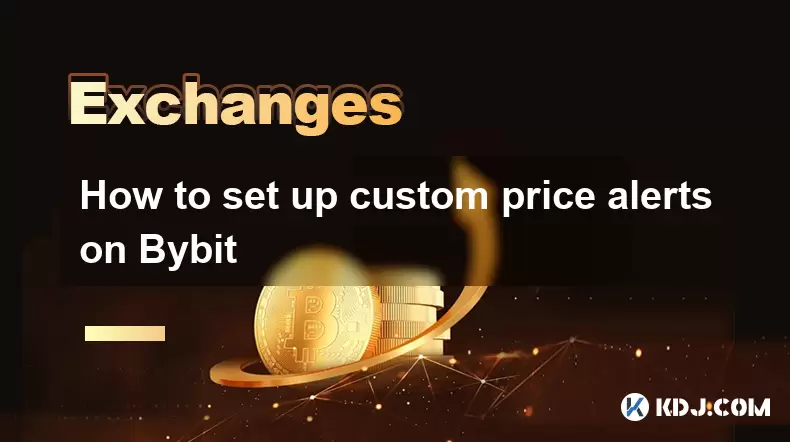
How to set up custom price alerts on Bybit
Aug 07,2025 at 04:31pm
Understanding Price Alerts on BybitPrice alerts on Bybit are essential tools for traders who want to stay informed about significant price movements i...
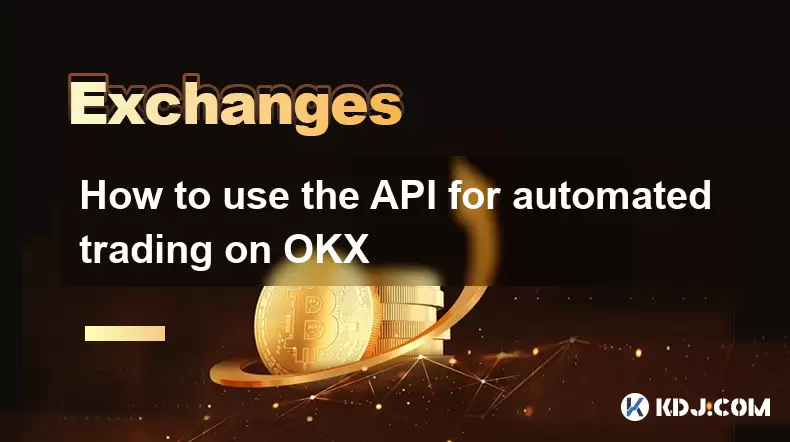
How to use the API for automated trading on OKX
Aug 07,2025 at 05:21pm
Understanding the OKX API for Automated TradingThe OKX API provides a powerful interface for users to automate their trading strategies, access real-t...
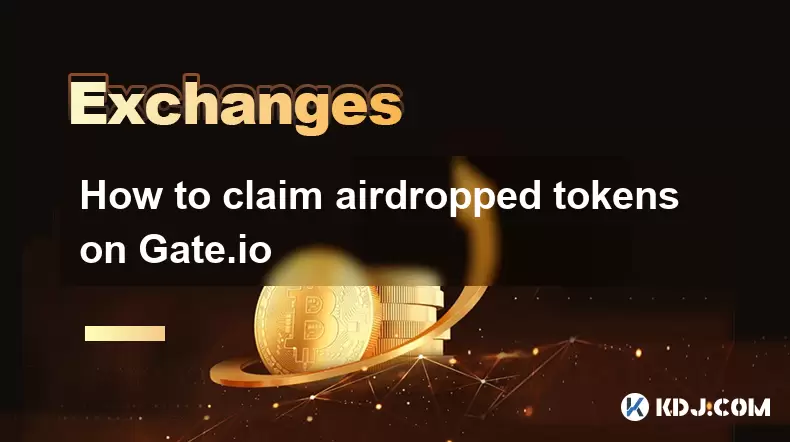
How to claim airdropped tokens on Gate.io
Aug 07,2025 at 04:01pm
Understanding Airdropped Tokens on Gate.ioAirdropped tokens are digital assets distributed for free by blockchain projects to promote awareness, incen...
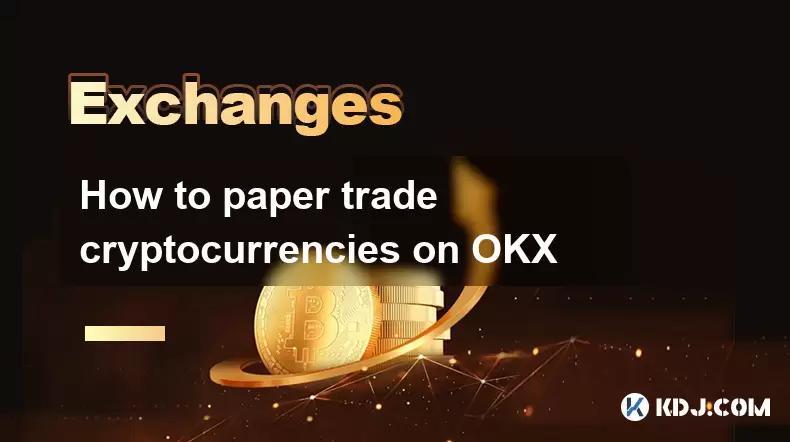
How to paper trade cryptocurrencies on OKX
Aug 07,2025 at 06:01pm
Understanding Paper Trading in the Cryptocurrency ContextPaper trading, also known as simulated or virtual trading, allows users to practice buying an...

How to understand the order book on OKX
Aug 07,2025 at 03:49pm
What Is an Order Book on OKX?The order book on OKX is a real-time, dynamic list of all open buy and sell orders for a specific cryptocurrency trading ...

How to deposit USD on Bitstamp
Aug 07,2025 at 05:18pm
Understanding Bitstamp and USD DepositsBitstamp is one of the longest-standing cryptocurrency exchanges in the industry, offering users the ability to...

How to set up custom price alerts on Bybit
Aug 07,2025 at 04:31pm
Understanding Price Alerts on BybitPrice alerts on Bybit are essential tools for traders who want to stay informed about significant price movements i...

How to use the API for automated trading on OKX
Aug 07,2025 at 05:21pm
Understanding the OKX API for Automated TradingThe OKX API provides a powerful interface for users to automate their trading strategies, access real-t...

How to claim airdropped tokens on Gate.io
Aug 07,2025 at 04:01pm
Understanding Airdropped Tokens on Gate.ioAirdropped tokens are digital assets distributed for free by blockchain projects to promote awareness, incen...

How to paper trade cryptocurrencies on OKX
Aug 07,2025 at 06:01pm
Understanding Paper Trading in the Cryptocurrency ContextPaper trading, also known as simulated or virtual trading, allows users to practice buying an...

How to understand the order book on OKX
Aug 07,2025 at 03:49pm
What Is an Order Book on OKX?The order book on OKX is a real-time, dynamic list of all open buy and sell orders for a specific cryptocurrency trading ...
See all articles

























































































